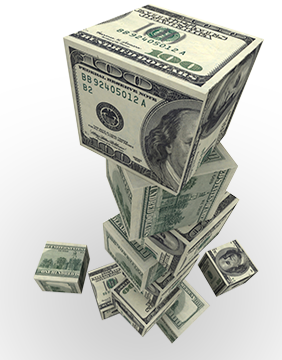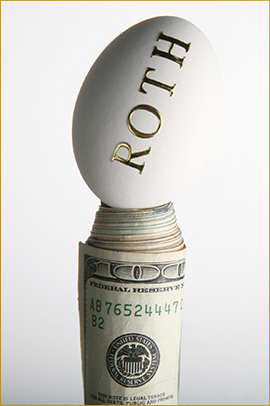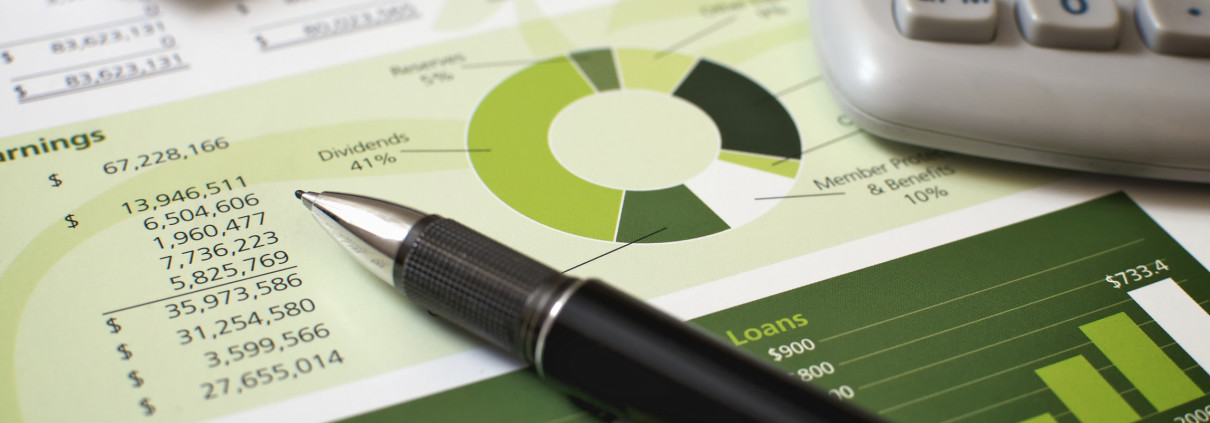May 2016
THIS MONTH: |
|
| May 8th Mother’s Day |
|
| May 30th Memorial Day |
|
In this issue:
Spring is in the air and it is a time when tax refunds start arriving. Outlined here are five smart uses for your refund. Articles on managing student debt and a recap of Roth IRA’s round out this month’s newsletter..
Five Smart Uses for Your Tax Refund
 So you were fortunate enough to receive a tax refund this year. What are your plans for the money? Here are five ideas worth considering.
So you were fortunate enough to receive a tax refund this year. What are your plans for the money? Here are five ideas worth considering.
- Pay down debt. Start with debts that carry the highest interest rates first, then move down the line. This is like savings on savings as you are freeing up future cash needed to pay the interest on this debt.Ideas: Pay off credit card debt. Lower your student loan debt. Make a principal payment on a mortgage.
- Add to savings. Save some of your refund for later use.Ideas: Add to your emergency fund to have enough to cover at least six months of your every-day expenses. Add to a college savings account or a tax-advantaged retirement account.
- Invest in yourself. Spend some money improving yourself or your well-being. Investing in yourself can have long-term benefits.Ideas: Take a class to develop a hobby into a career. Consider a fitness membership. Take up meditation. Become accredited in your chosen profession.
- Spend for permanence. Instead of spending your refund on day-to-day expenses, use some of it for capital purchases. Capital purchases are for items that last longer than one year.Ideas: Replace a worn out couch. Purchase a replacement bicycle. Upgrade an outdated light fixture. Consider a minor home improvement.
- Have some fun. Finally, consider using part of your refund for a well-deserved break. When balanced with using a portion of your refund to improve your financial condition, you can feel better about a little splurging in your life.Ideas: Shop last minute flight deals for a weekend getaway. Take a road trip to a favorite destination.
Time to Consider Roth?
With interest rates close to zero and a newly received refund check in hand, you may wish to consider a contribution to a Roth IRA.
 The Roth IRA basics
The Roth IRA basics
Using after-tax funds, you can contribute up to $5,500 each year in a Roth IRA. If you are at least 50 years old, you can contribute an additional $1,000. As long as your Roth IRA has been open for 5 years or more and your withdrawal of earnings occurs after 59½ years old, any earnings you receive from this account are yours tax-free.
The benefits
- Tax-free earnings. Unlike other retirement accounts, Roth IRA earnings are not taxed by the Federal government when withdrawn.
- Keep contributing. Most other retirement accounts have a contribution age limit of 70½. When you reach this age you not only need to stop contributing to the account, but you are required to make a minimum withdrawal from the account each year. These limits do not exist for Roth IRA accountholders.
- You can withdraw your contributions.Remember with a Roth IRA, your contributions were already taxed. So there is no penalty for withdrawing these funds. Just remember there can be a penalty for withdrawing any earnings before you reach age 59½ or before having the account for five years.
There are limits
If you earn more than $132,000 (single) or $194,000 (married filing joint) you are not allowed to make a Roth Contribution in 2016. You can, however, convert funds from a traditional IRA without these income limitations.
Ideas to Manage the Burden of Student Debt
 Each year a new crop of graduating high school seniors begin their collegiate careers while college graduates consider the opportunities that graduate school provides. As a result, the mountain of student debt continues to build. While this debt is unavoidable, here are some ideas to help make that mountain a little less insurmountable.
Each year a new crop of graduating high school seniors begin their collegiate careers while college graduates consider the opportunities that graduate school provides. As a result, the mountain of student debt continues to build. While this debt is unavoidable, here are some ideas to help make that mountain a little less insurmountable.
- Know the note. Not all student debt is created equal. Understanding the terms of all your student loans is important. With this knowledge, select the correct loan option and know which loan to pay first. Things you should know about each loan include,
- The interest rate
- The term of the loan
- Amount of any up-front fees
- Pre-payment penalties (if any)
- When interest and payments start
- Payment amounts
- Payment flexibility
- How interest is calculated
Suggestion: Create a spreadsheet with a student loan in each column. Then note the variables from this list under each note. It will create a strong visual of your student loan situation.
- Pay the interest. Some student loans accrue interest while you are in school. With the compounding of this interest, your student loan amount continues to grow with each passing year before repayment begins. Banks love this. You should not.Suggestion: Figure out how to make the interest payments while in school. This will not only lock the amount you owe, it will reduce the amount of interest payments you will be paying on your interest.
- Pay a little extra in the early days. The math of loans benefits banks in the early years of the note. This is because the vast majority of interest is paid by you in the first years of repayment. The last year of your loan repayment is primarily principal payments.Suggestion: Pay extra every month as soon as payments start. While this seems impossible as you enter the workforce, even $10 extra a month can dramatically reduce the amount of total payments you make over the life of your loan.
- Small savings yield big results. Having a hard time finding a few extra dollars to make extra payments? Consider observing and then changing your spending habits.Suggestions: Purchase one less latte a week. Occasionally order water versus another beverage with a purchased meal. Drop one monthly service from a bill. Place these savings in an envelope and use them as a bonus payment on your student loan principal.
While student debt is an unavoidable outcome of getting a great education, it can be minimized if actively managed. Remember small changes can yield results if planned for in advance











